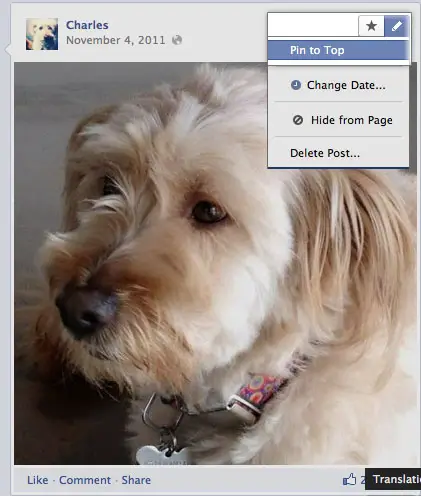
Syndication Nation
In an earlier post, I touched briefly on the idea of social media redundancy. Today, in part one of a series, I’d like to consider the topic in a bit more depth.
Negotiating your company’s social media presence isn’t easy. Social media management services like HootSuite, TweetDeck, and Buffer are an industry in themselves, and they provide lots of valuable tools for marketers: analytics, post scheduling, syndication, etc. But it’s this last one that worries me.
It’s important to maintain a presence on the social networks your customers (or potential customers) are using, and there’s going to be overlap among them in terms of what your followers are looking for in the content you share.
That doesn’t mean, however, that you should publish every piece of content you produce, on every social network, in the exact same way.
Each site has its own character, its own strengths, its own language—and you should be exploiting these unique qualities to get the most out of your content marketing efforts. To illustrate, let’s consider the social network that bears most of the abuse when it comes to redundancy: Facebook.
Master your tone.
Facebook has grown immensely since its inception, but the years have also caught up, diminishing its signature cool factor. This means that while Facebook should be every marketer’s first stop, you don’t have to be utterly hip to be successful. Still, you should take the time to present your content in a way that shows you’re competent and professional, but also engaging. Aim for a tone that’s less formal than that of your website, but more formal than that of your personal account.

Understand your “timeline.”
One of the pros of Facebook is the news feed, which includes lots of different kinds of content and arranges it based on time, popularity, and relevance. Because of the news feed’s organization, your posts have more longevity than would on, say, Twitter, and can reach tons of people, both within your network and in your friends’ networks.
You can share your content on your business page as well as your personal page, and you’ll get a boost every time someone likes or comments on it. You can also pin your content to the top of your timeline (see above), or highlight it on your business page, increasing its visibility. Since Facebook gives people lots of chances and ways to consume your posts, you’ll want to share content that will remain relevant for more than a day or two.
Post content that’s media-rich.
Facebook is also an ideal place to post media. That’s because it’s easy for other users to share your images and videos. It’s also because every bit of media you post automatically comes with a rich preview. When uploaded from your computer, photos and videos are accompanied by a thumbnail image and title; when shared via a link to your website or YouTube, they’ll also include a meta description from that page. You’ll want to make sure that each of these is properly formatted and highly descriptive of the content before you post.
Tag, tag, tag.
Facebook’s support for metadata and rich previews gives you the freedom to do and say other things in your own caption. You can, for instance, tag friends, public figures, companies, or locations by typing the @ symbol before their names. This will make your content visible not only to those people and places, but also to their friends and followers, greatly extending your reach.

Stay away from the # key.
Whatever you do, don’t use #hashtags. Since Facebook doesn’t support them, you won’t gain a competitive edge or a larger audience by using them. In fact, it’s just the opposite. Hashtags on Facebook tell me one of two things: either you don’t know what you’re doing, or you’re too lazy to take advantage of features that Facebook does support. If people wanted to see hashtags, they’d go to Twitter.
Speaking of Twitter: be sure to tune in for Part 2 in this series, where I’ll explore how you should approach your content marketing in the space of 140 characters.



